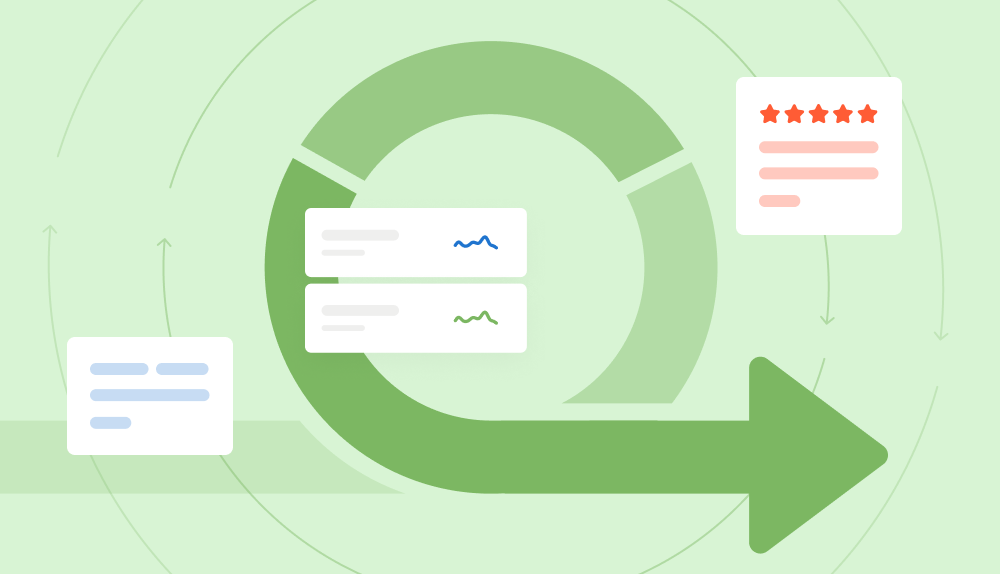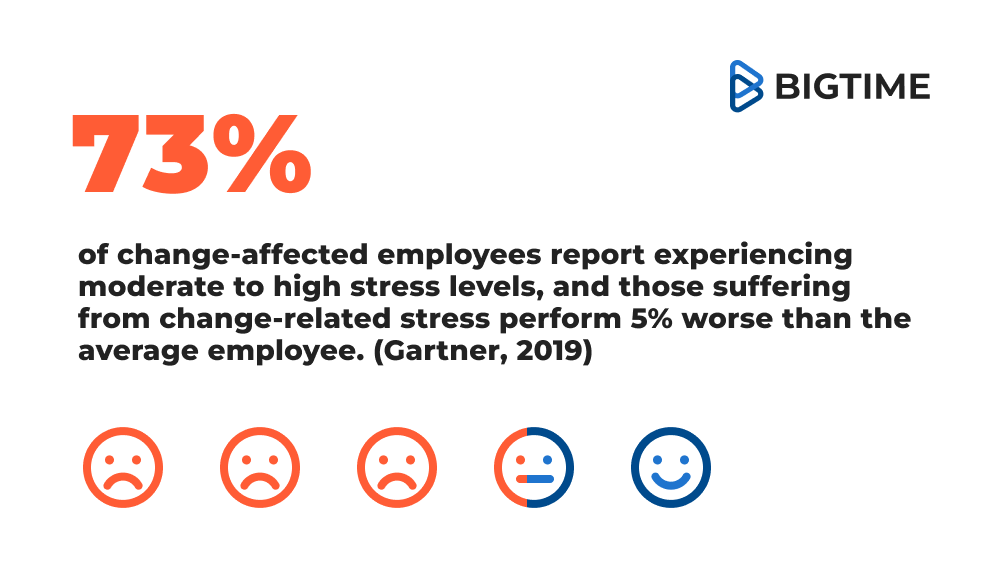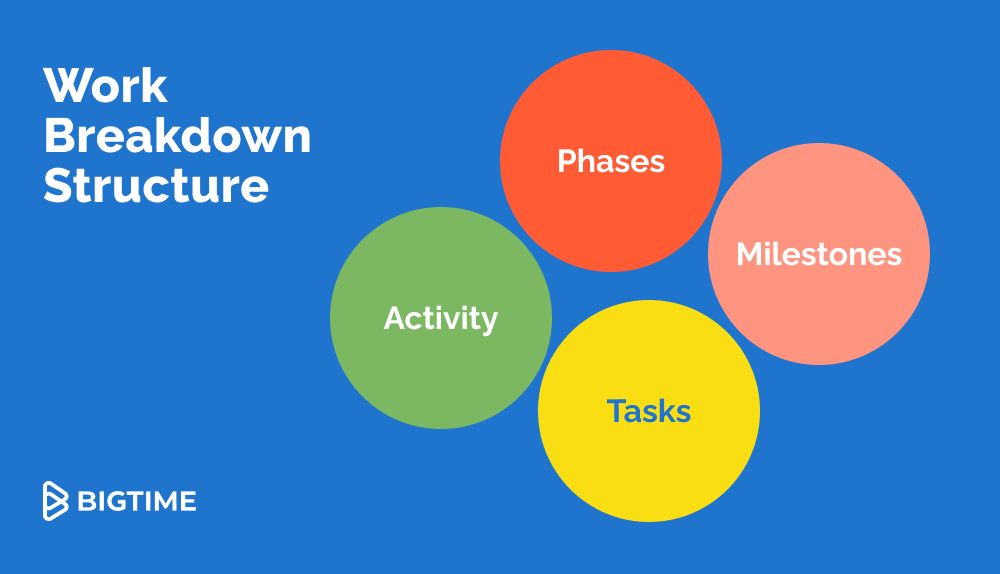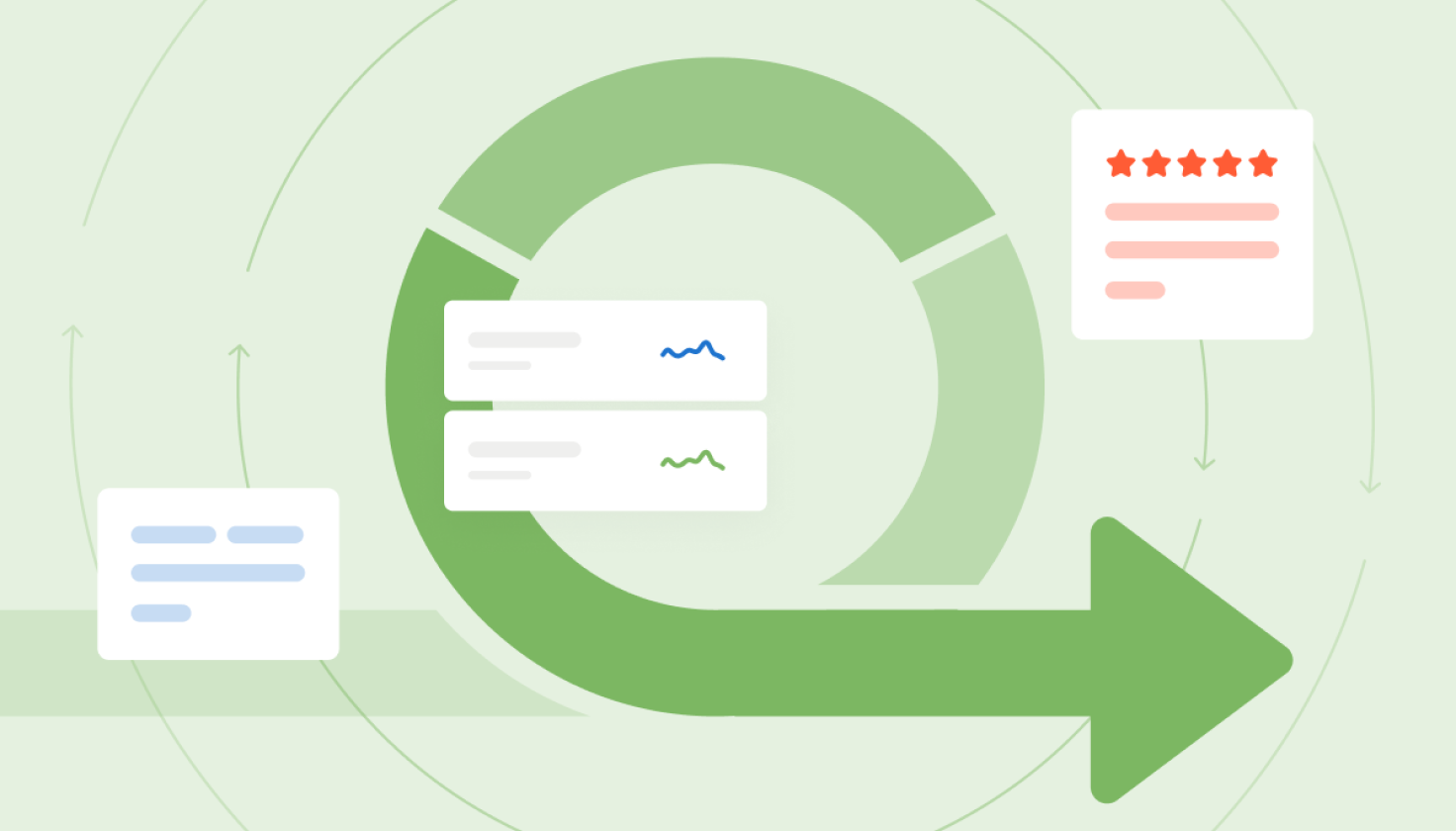
Last updated March 16th, 2023
You’ve done a lot of work to get a new system for your firm in place. You’ve pinpointed the problem, you’ve found the right solution, you got buy-in, the program is finally ready for company-wide use. Now what comes next can be the toughest — implementing change management. This article outlines the 3 phases of implementing change management, which can help organizations stay ahead of the curve.
Successful change management is key to a successful business transformation. It requires planning, communication, and the right tools to implement new processes quickly and efficiently. With the right help and guidance, change management can help facilitate successful organizational transformations.
To help guide you today, we have two great experts in the professional services industry — Heather Kourcklas, President of Golden Gait, LLC, and Chris Duncan, Director of Operations at Whitchurch Engineering.
Keep on reading to learn Heather’s tips on the 3 core phases of successful change management and Chris’ advice on effective change management.

Phase 1 of Implementing Change Management: Talk to Your Team
How do you encourage staff to use new systems? It’s important to remember that a well-thought-out plan is great but if the buy-in isn’t there and people are pushing against it, that great plan might not see the light of day. Your team is what allows you to do what you want at your company and they matter the most.

When it comes to explaining the “why”, Chris shared with us, “I also don’t like to institute any policy that I don’t think I can convince people is a good idea. If I can’t do that, then I’m just going to have a power struggle with everyone and that does not help anything. If I have to appeal to my authority to try to get people to do something, then I feel like I’ve already lost. As far as starting a conversation with your team goes, it all depends on the issue/what’s being discussed. We’re still a small enough firm where I’m able to go door-to-door and make my pitch to everyone which really helps.”
When firms are re-engineering, some employees may start to feel the fear of “I’m going to lose my job” or that their work will be harder because it’s different. The more you share with them and the more they understand the “why” behind the change, the better you can help alleviate that fear. Leaders should ensure that employees are fully informed of any changes and initiatives coming up, as well as the implications they could have on their roles. As noted below and according to Gartner, 73% of change-affected employees report experiencing moderate to high stress levels, and those suffering from change-related stress perform 5% worse than the average employee.
 To counter these trends and to gain staff buy-in to the new plan, make sure to listen to what they have to say and evaluate any and all feedback. Gather as much information as you can! Knowledge is power. There may be employees who are resistant to change, so make sure to have a plan in place to respond to these sorts of issues.
To counter these trends and to gain staff buy-in to the new plan, make sure to listen to what they have to say and evaluate any and all feedback. Gather as much information as you can! Knowledge is power. There may be employees who are resistant to change, so make sure to have a plan in place to respond to these sorts of issues.

Phase 2 of Implementing Change Management: Kick-Off & Implementation
Before even getting started with the implementation of your new program, Heather recommends finding a planning software or tool that can help you get organized and stay organized about what objectives need to be accomplished. Make sure to keep it as simple as you can so it’s efficient and actually used by your team.
Chris adds, ”Begin by honing in on just the very basics of what you need and then outline a plan around that. As you then start to do it, you’ll begin to get into the details. It can be easy to overthink things on the front end so much that you’re not able to get into the main part of what you’re even trying to accomplish.”
You might not need all the bells and whistles that come with some software offered, but maybe you do. It’s all about finding what’s right for your company and team. This could even be as simple as an Excel spreadsheet — you just need a place to track progress and deadlines.
Next, it’s time to identify your work breakdown structure. It could have phases, milestones, activities, and tasks like in Heather’s example below. Sometimes you won’t need to have milestones and phases — activities and tasks are usually enough.

If you set up your project planner in the same way as your work breakdown structure, it’ll end up being your working document that you’ll use throughout your plan for updates, adjustments, and tracking changes. Since everyone will be using it, it’s essential to get it right so you can stay on track of everything.
Other things to consider when implementing change:
- Identify the personnel responsible for each area/each task
- Create estimated deadlines
- ALWAYS allow for issues and problems because they happen even with the best plans in place
- Set up cost tracking against your re-engineering budget (this is really important!)
Phase 3 of Implementing Change Management: Monitor Progress & Track Results
There are no silos. Every department is a piece of the puzzle and must have effective communication and process flow with others. Regular monitoring and measuring are key for successful implementation. Human resources, accounting, and operations all impact your bottom line. Make sure throughout the process, you’re monitoring progress, including feedback from all teams involved. Chris recommends having these conversations verbally rather than over an email — “When this kind of conversation is written, people can’t hear your voice or tone. It’s easy to make assumptions about what you’re saying or how you’re saying it. It’s very valuable to hear this feedback in person or via Zoom.”
Doing this will help you gauge if the new program is either hurting or helping specific departments, allowing you to adjust and tweak as needed. While you track the progress of your new program, make sure to also track the progress within the work breakdown structure, again, updating any necessary setbacks that come up along the way. Heather highly recommends having weekly change management team meetings to maintain a healthy line of communication and stay on top of important issues, project plans, and project statuses.

Frequently Asked Questions About Implementing Change Management
What are the 3 phases of change management?
The 3 phases of change management are:
- Talk to Your Team
- Kick-Off & Implementation
- Monitor Progress & Track Results
What is the change management process?
A change management process is the end-to-end implementation of a change within an organization.
How do I gain staff buy-in at my organization?
Communication is essential when it comes to successful change management. Leaders should ensure that employees are fully informed of any changes and initiatives coming up, as well as the implications they could have on their roles. Clear communication helps build trust and understanding, enabling employees to see the value and purpose behind the changes being implemented.
How do you encourage staff to use new systems?
When implementing change management, it’s important to properly present your plan to your team with the goal of educating them on the why:
- Show what you did
- Explain what was found
- Set goals and objectives
- Share the roadmap
Why is change management important?
Some benefits of good change management include the adaptation of a new process, establishing a positive work environment, increased productivity, and improved communication.





